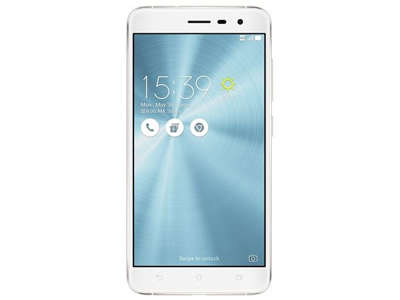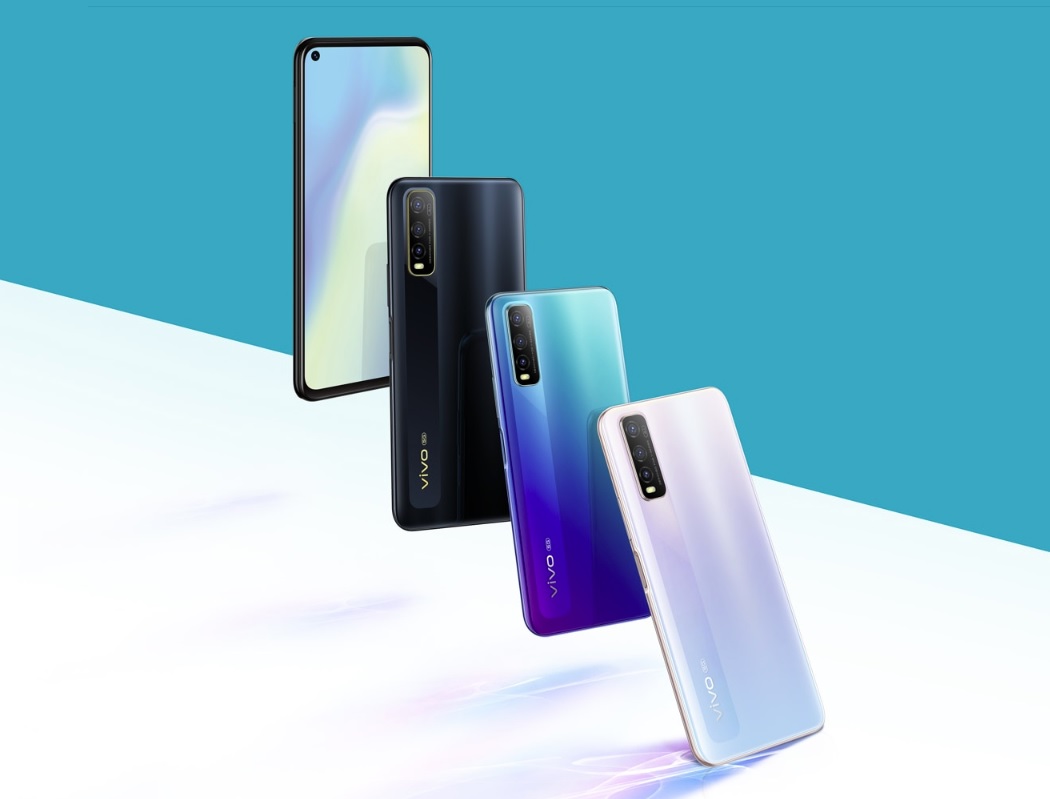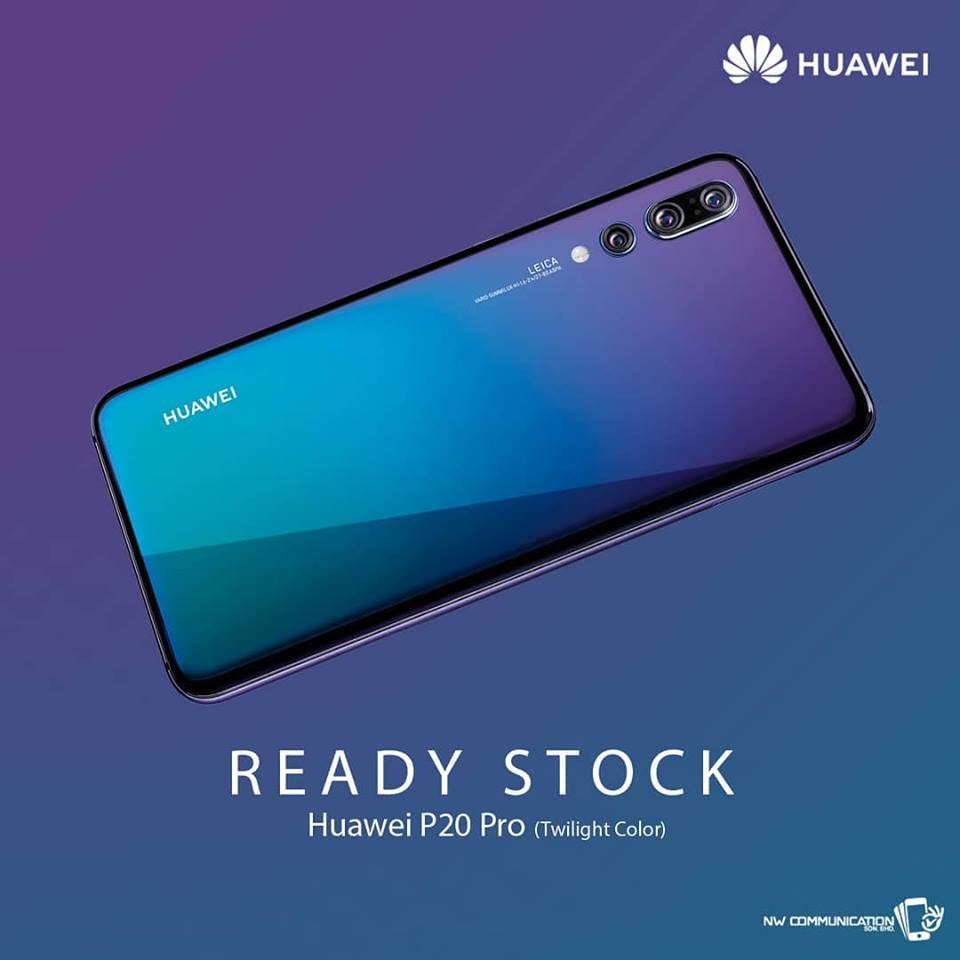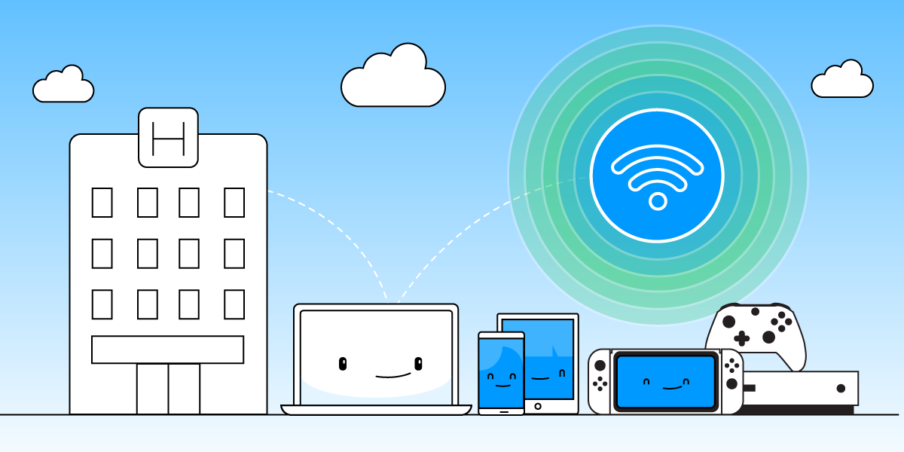Early last year was the time when ASUS’s decision to make a cell phone a notch above its predecessor got a lot of doubts. Zenfone 3 ZE520KL, one of the products this time will be a proof.
Preliminary
ASUS spelled out not long ago into the world of smart phones after its last duet with Garmin long before the era of rampant Android phones, its achievements seem ordinary and tend to be under the shadow of other brands such as Blackberry and Nokia. Until finally in 2010 they decided to stop working together to impact the lack of potential of the joint-venture company.
Entering 2014, precisely in January at the Consumer Electronics Show (CES) in Las Vegas, USA. ASUS pushed back to the surface with its new hero, Zenfone. At that time also, the first generation Zenfone was launched in three variants: Zenfone 4, Zenfone 5 and Zenfone 6. The line of cellphones was immediately hailed by netizens as one of the potential cellphones to damage the market of mainstream mobile brands such as Samsung, Sony, and LG. With a lucrative price-specification ratio, not a few connoisseurs of gadgets are attracted to ask for her hand. Seeing the opportunity to get a small share of the world’s mobile market, ASUS re-launched the second generation Zenfone the following year, named the ASUS Zenfone 2 series which consists of several types. It didn’t take long for ASUS to succeed in this fertile field. And sure enough, in May 2016 ASUS announced that it had sold at least 30 million Zenfone units worldwide, a remarkable achievement for a brand that was only active again in recent years.
credit: Android Headlines
Now, 2016 is ASUS ‘third year to prove the existence of its Zenfone line, named Zenfone 3, ASUS is making the public shocked by the price tag it installs. Indeed, this decision is quite surprising, considering that ASUS usually sells cell phones at affordable prices for the wider community. Especially if we look at the competition of mobile phones that are sweet-sweet is in a segment that offers qualified specifications at low prices. Not infrequently this decision also raises doubts whether ASUS is able to compete in a higher class. Then did ASUS succeed in taking this risky step? To find out the answer, this is my review for ASUS Zenfone 3.
ASUS Zenfone 3 ZE520KL key specifications:
Camera: Rear: 16 MP Exmor RS IMX298, f / 2.0, OIS, Laser autofocus, PDAF, Dual LED flash / Front: 8 MP
Screen: 5.2 inches Super IPS + FHD (1080p), Corning Gorilla Glass 3
Processor & Memory: Snapdragon 625 2.0 GHz, Adreno 506 / 3GB RAM, internal: 32GB, expansion via Micro SD (hybrid slot)
Operating System: Android 6.0.1 Marshmallow with ZenUI 3.0
Battery: 2600 mAh
Price (when tested): 3.75 million rupiah
Design & Hardware
This is crucial for ASUS to prove that the cell phone deserves to be at a higher level. No kidding, Zenfone 3 has a charming design. If previously on the ASUS Zenfone 2 we were treated to a body with a dominant plastic material, another story for the Zenfone 3. This phone is now wrapped by a combination of glass and aluminum frame that makes it so luxurious. At the front you will see a stretch of 2.5D glass panel with Gorilla Glass 3 protection, even with the back side of the phone which is inhabited by the same material. On its sides there is an aluminum frame to add a sturdy impression even though the phone is almost mostly glass-coated surface.
Its size is compact, weighing only 144 grams, while its thickness is only 7.7 mm. The power button and volume settings are located on the right side of the phone, these mechanical buttons are quite precise and not fragile when just touched or pressed, the location also makes it easy for you to reach them even if only operated with one hand. While on the left side of the cellphone you will find two nano-SIM slots or a combination of one nano-SIM with a MicroSD stick model like in most unibody phones. On the back you will see the arrangement of the camera lens flanked by dual LED flash and laser sensors to help autofocus, beneath which lies a rectangular fingerprint sensor and you will find the ASUS logo on the very bottom of the back of the body. The audio and noise cancellation mic jacks are located on the top side of the phone, finally placing the loudspeaker hole, microphone and USB Type-C connection entrenched at the bottom of the phone.
Although much I admire about the design of this phone, in fact there are enough records that can be taken into consideration. An example is when you decide to buy a tempered glass screen protector, you will experience a pretty difficult experience, at least until the time of this writing. I can’t find a suitable product that can protect the front panel optimally given the 2.5D technology it carries. Then the camera lens on the back of the phone protrudes slightly, this can result in the scratching of the part in question if placed on a rough surface periodically let alone accidentally or accidentally dragged. But for this problem I have found a solution, just buy a protective case and the problem is solved. Last is the absence of lights on the navigation buttons located at the bottom of the screen, for those who are familiar may not be a problem, on the contrary you have to adapt first to the arrangement of the “Back – Home – Recent” button so that no one touches, especially during dark conditions . On the other hand, I admit that Zenfone 3 has an ergonomic design, luxurious and charming, and if you only look at this sector, ASUS is able to prove its quality.
Screen
Zenfone 3 is equipped with a Super IPS + screen with a dimension of 5.2 inches with Full HD 1080p resolution. In my opinion, the size is just right because it is still comfortable to use for one-handed operation but is still fun when wanting to enjoy multimedia content. For the output quality of the screen itself is impressive, the resolution is tight, the color saturation is high, the screen display is still clear when viewed from several different viewing angles. Then the contrast is balanced, not too inclined to a certain color palette. If you are not satisfied with the default settings, you can tamper with them through the default application called Splendid, you can change the settings by sliding the color temperature or selecting the available presets.
For outdoor operations the screen can display content properly, with the note you must have set it up to maximum brightness manually, because if you only rely on auto-brightness the sensor can not translate lighting conditions properly. This case is different if you use a cell phone at night with poor lighting conditions, the screen can even automatically turn to very dark to support activities at night, moreover has been supported by ASUS default bluelight filter mode that changes the display to slightly yellowish in order to reduce the possibility of tired eyes when reading in low light conditions, this setting can be found in the Splendid application or through a toggle in the quick setting.
Performance & Software
ASUS chose the Snapdragon 625 made by Qualcomm as the brain of the Zenfone 3, rather than what was previously leaked on benchmark sites, namely the Snapdragon 650. This decision is fairly appropriate, given the size of the Zenfone 3 battery which is not uncommon to be a joke. Snapdragon 625 at least helps to add breath to Zenfone 3 on a single charge to live longer, because it already uses 14nm fabrication which is more efficient than Snapdragon 650 which is still based at 28 nm. In terms of performance, the difference is not so obvious when previously I tried Redmi Note 3 Snapdragon. Because when moving to Zenfone 3, in fact this phone also has good skills. Some tasks can be carried out smoothly without obstacles, moving from one application to another application is also not a problem. Specifically, this is supported by Zenfone 3 RAM size of 3 GB. Under normal conditions, aka no applications running, the remaining RAM is around 1.1 GB, quite wasteful indeed considering Zenfone 3 uses a typical ASUS interface that is Zen UI version 3.0 which in my opinion is rather “excessive”. But to be honest, at the time of testing I did not find indications that the phone has decreased performance when opening many applications at once let alone redrawing the application icon on the homescreen.
What about benchmarks? Now this, where Zenfone 3 does not appear as a hero, the figures shown tend to be standard. Testing using AnTuTu only put 60 thousand numbers. Indeed, if judging from the goal of Qualcomm developing Snapdragon 625, this processor is not intended for heavy users who want performance without gaps. This processor is prioritized as a power-efficient processor, with the use of eight Cortex A53 cores which incidentally is more towards efficiency. But, that does not mean 2D / 3D graphics performance can be said to be bad. When used to play the Asphalt: Nitro game, the racing genre game with graphic quality is quite rich, this Adreno 506 GPU phone can execute it smoothly without any framedrop when the gameplay runs.
Heading into the software sector, ASUS is now injecting their latest interface called ZenUI 3.0, this interface is a renewal of ZenUI 2.0 that was previously embedded in the row of ASUS Zenfone 2. In terms of appearance, as far as I know, I haven’t changed much from its predecessor, it’s still typical of ASUS. For example, the launcher is divided into two between the homescreen and app drawer that contains the application tab and widget. On the application tab you can tidy up its appearance by grouping similar applications into one folder. For the widget tab, on this side I feel less practical and has been abandoned since the Lollipop version of the Android operating system was launched, this is because if we press and hold our finger on the display condition on the homescreen in an empty position, will bring up a similar option to display the widget , a little redundant for me, even so it’s just a matter of taste.
Further deeper, many features provided by ZenUI 3.0, for example in terms of display customization. Here you can change the font size & type, just change the homescreen and lockscreen wallpaper, change the icon pack, and change the theme. You will find a large selection of themes both free and paid. Locking certain applications can also be done using the options available in the launcher’s settings. You can also adjust the display of the quick settings as you wish by activating or deactivating the toggles if you need or don’t need them, very practical.
Many words do not stop for features, but bloatware that has been pre-installed on this phone is also not less. Some of this default bloatware comes from ASUS itself, some are from third parties. It’s quite frustrating, especially when there are some applications that can only be deactivated without the option to uninstall.
In terms of security, in addition to standard features such as drawing patterns, PINs, or password usage, ASUS now has a fingerprint sensor located on the back of the phone. The way it works is simple, you only need to wipe your finger that has been registered in the system and in just a moment the phone will recognize you. When operating the finger sensor is able to provide an average accuracy of 8 out of 10 experiments. Some unsuccessful attempts are when your finger is wet or misplaced on the sensor surface.
Camera
Zenfone 3 carries a camera sensor that is quite popular among cellphones nicknamed flagship killers, such as OnePlus 3, Xiaomi Mi 5, and Nubia Z11. The Sony Exmor IMX298 sensor was chosen by ASUS as a means to capture the moment. This sensor has a 16 megapixel resolution and f / 2.0 aperture. The performance is good, there are so many features from ASUS, the interface of the camera application is also easy to understand. I think the results of the camera are good for the class, of course you cannot expect to be equivalent to a flagship phone An oddity I found when I was testing the camera from the Zenfone 3, even though ASUS said they had pinned the latest autofocus technology, called Tri-Tech Autofocus System which combines laser autofocus technology and Phase Detection Auto Focus (PDAF), in fact I had several difficulties get the perfect focus point, the camera focus is sometimes confused and sometimes even blur the focus. More about the quality of the camera you can conclude by looking at the shots below. (Note: click on the image to enlarge)
Audio
After a while of using Zenfone 3 as a music player, I am quite spoiled by the sound quality. This is obtained by the combination of the use of standard earphones and the Spotify music streaming application, the melody of the melodious tones, the exact details, the bass, although not so dominant though I think it’s still enough. Without prejudice to the specifications exhibited by ASUS such as support for 24-bit / 192 Khz high-res audio, I think the quality can be thumbs up. However, I found strange in music activities using this phone, which is ASUS’s default equalizer support, Audiowizard, where I feel the default setting for “Movie” is the most appropriate for ringing tones, because when I set the preset to “Music”, the output becomes less powerful and the sound between the instruments feels less.
For the sound output from the loudspeaker, I think this phone is still reliable, the volume is loud and does not break when set to the highest volume though. But do not expect extraordinary details from the speaker of this cellphone, because this is normal for a cell phone classmate. Zenfone 3 speaker itself is located under the body of the phone, there are pros and cons to the placement of these speakers. On the one hand this placement makes the sound output if the cellphone is placed on a table and such is unobstructed, on the other hand it will result when you use it in landscape mode, for example to play games, not infrequently the speaker holes will be covered by the user’s finger.
Connectivity
As diverse connectivity is a must for mid-range and high-end smartphones. At least 4G LTE connection, dual band Wi-Fi, Bluetooth v4.0, reliable GPS is available. But not just reading in the specification column, it turns out that Zenfone 3 is already accommodating those needs. When testing, the operator’s network signal that I used had minimal problems so that it was able to stay in full signal position, but there were few symptoms when I moved from outdoor to indoor, there would be a decrease in signal strength by one bar, but after that the cellphone would adapt and signal strength again shows the full-bar indicator. For Wi-Fi connections, there is actually no problem, the range is far enough to reach about 15 meters from the router position without showing any signs of a decrease in internet access speed. I also occasionally try to transfer files using Bluetooth, everything works normally and there are no problems. Zenfone 3 supports dual SIM slots with nano type, unfortunately the use of its hybrid type slots, so the choice is between using two SIMs at the same time or sacrifice the other slot for memory expansion with MicroSD. This time I prefer to install a MicroSD card. Overall in terms of connectivity ASUS Zenfone 3 is able to execute it brilliantly.
Battery
Initially I underestimated the capacity of the Zenfone 3 battery which is only 2600 mAh, considering that most cellphones now with the same price are at least equipped with a battery with a capacity of 3000 mAh. After I used it for a while, it turns out that my assumption was wrong, in a single charge Zenfone 3 was able to last for one day from noon to evening later in the day, and it turned out that there were still 15% remaining. I get these results with the following details: social media applications run in the background continuously, access the camera for a total of 5 minutes, listen to music via the Spotify online music streaming application for 40 minutes, watch Youtube for 24 minutes, play Asphalt: Nitro with a total of 20 minutes, watching videos offline for eight minutes, the rest are operating cellphones by default such as replying to chats from various social media, opening the Twitter timeline and finally posting a total screen time time of 5 hours 34 minutes. All in combination using operator and Wi-Fi networks. For a 2600 mAh battery, I will not complain at all with the results obtained.
If you are in a tight position and have trouble finding resources you can activate the power saving mode that is already available, there are several modes from just reducing the processor clock rate to turning off the operator service network.
Conclusion
ASUS Zenfone 3 ZE520KL has proven that ASUS is serious about moving up the class and answering the doubts of some parties about their ability to be able to compete at a higher level. Improvements from all sectors are done not just to deserve it. Proven during the use of a few moments I personally am very satisfied with what is served by this phone. The screen is brilliant, reliable performance, good quality camera results, qualified audio and complete connectivity. Moreover, the price has now fallen at three million rupiah from the initial price which was at four million rupiah. One drawback that I found was just a software problem which, in my opinion, most cosmetics that seemed less needed. Overall, this phone is a complete package and is suitable for those of you who are looking for a cellphone with excellent capabilities from various sides.
DISCLAIMER: This review was written according to the author’s experience of use without being affiliated with any party.
Other Technical Reviews:- Review







